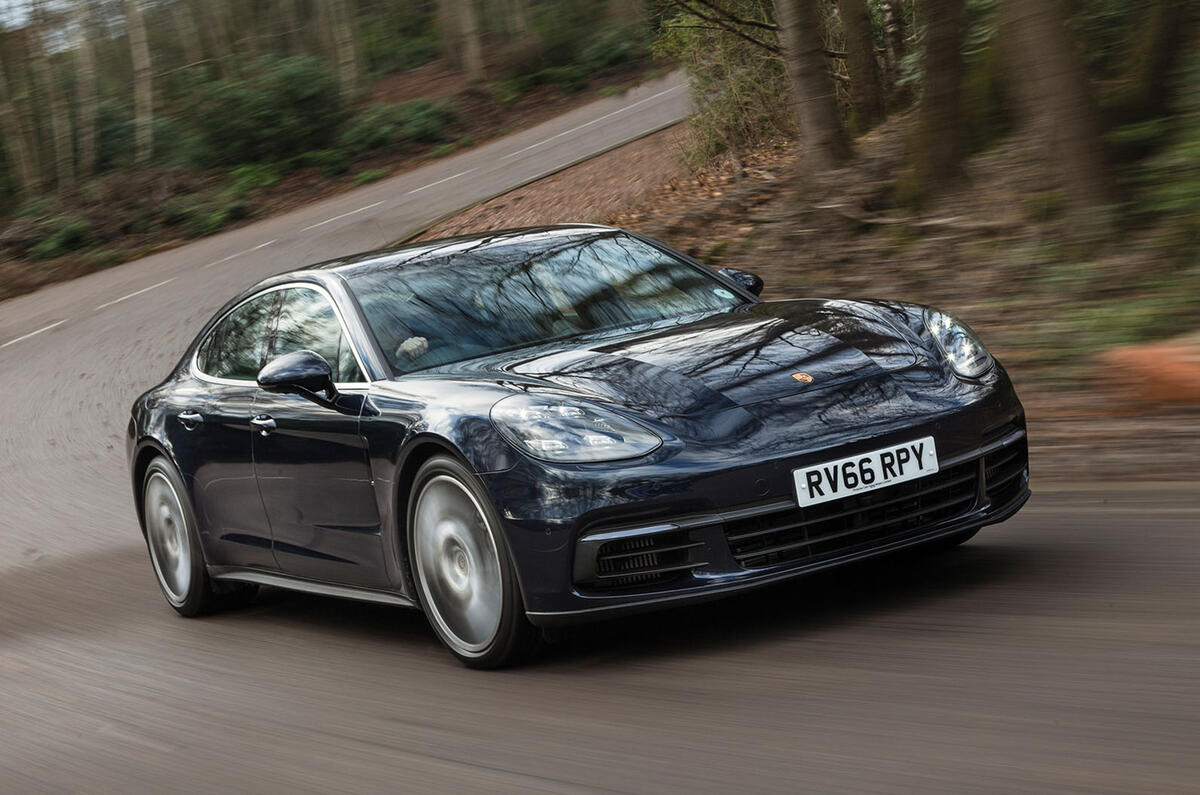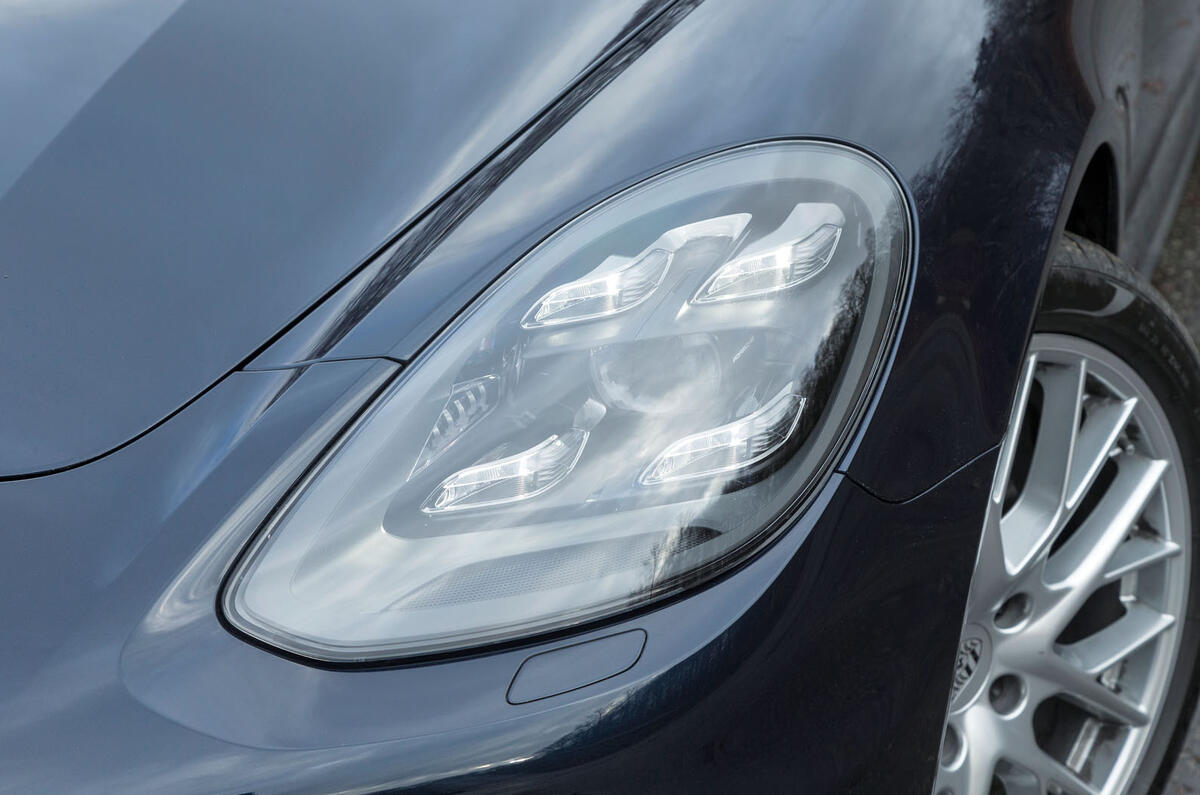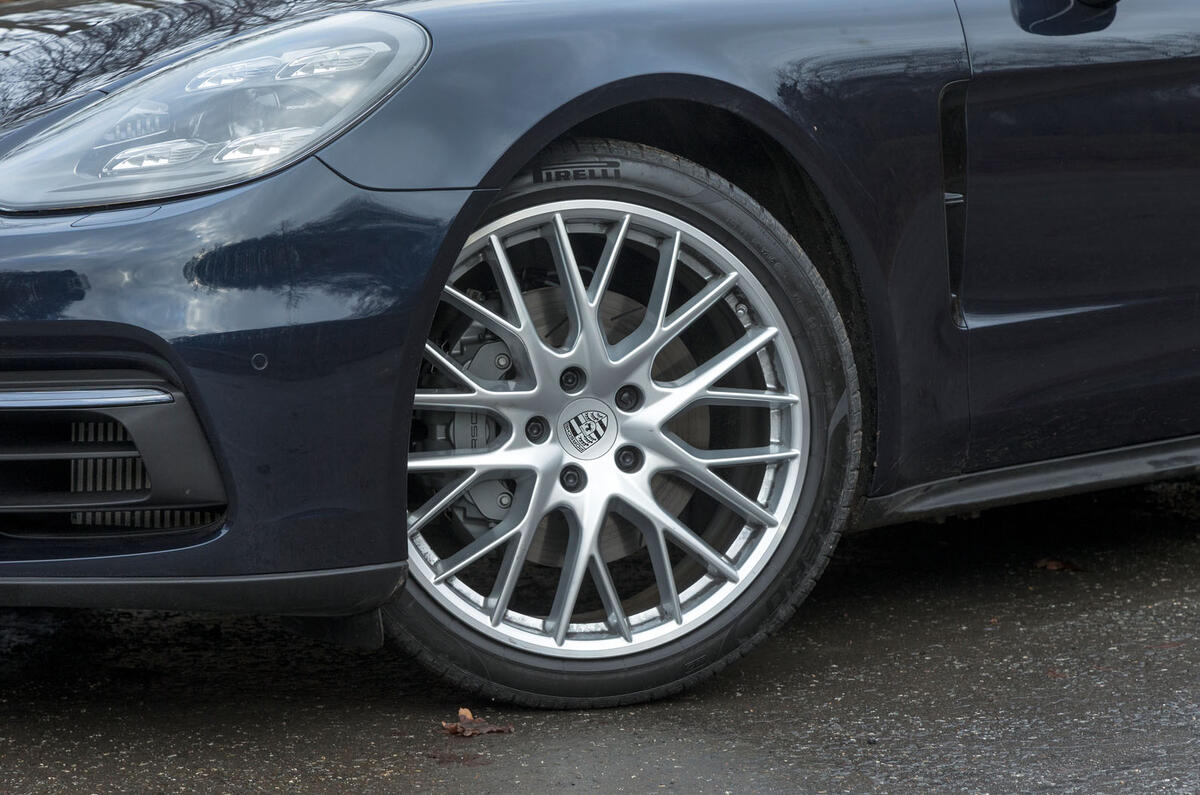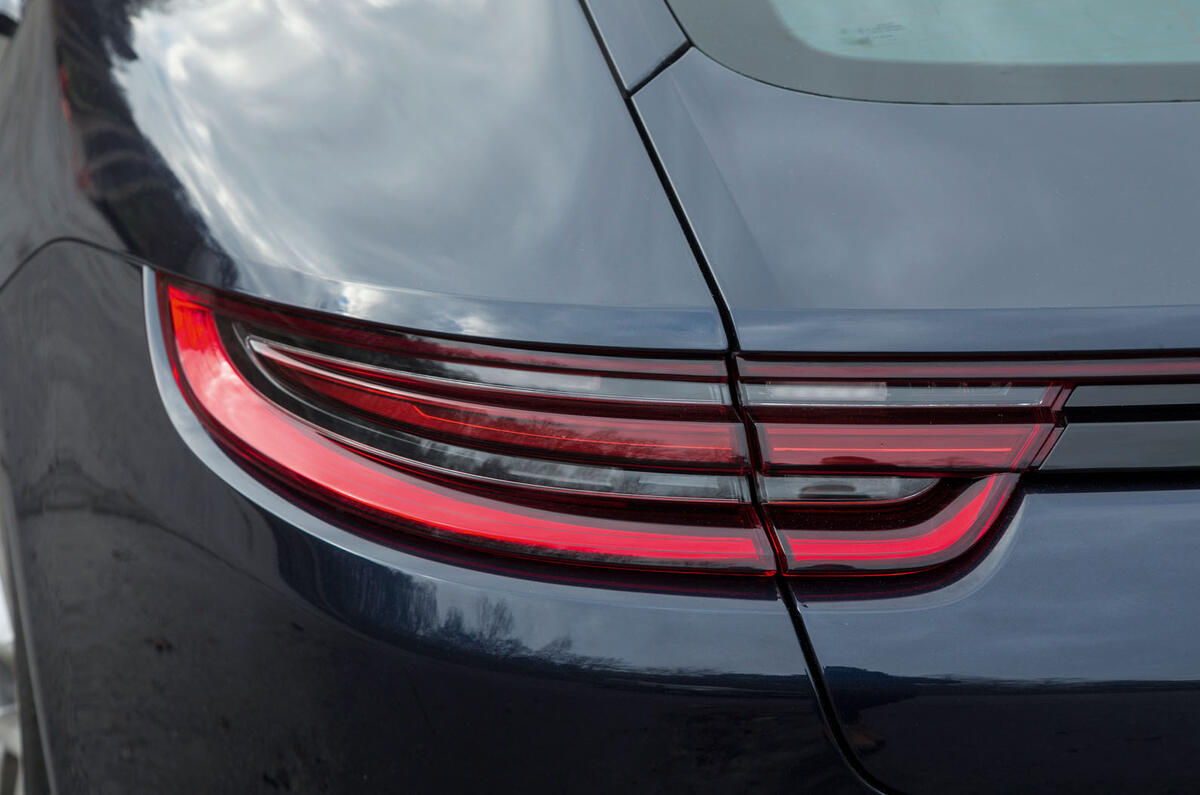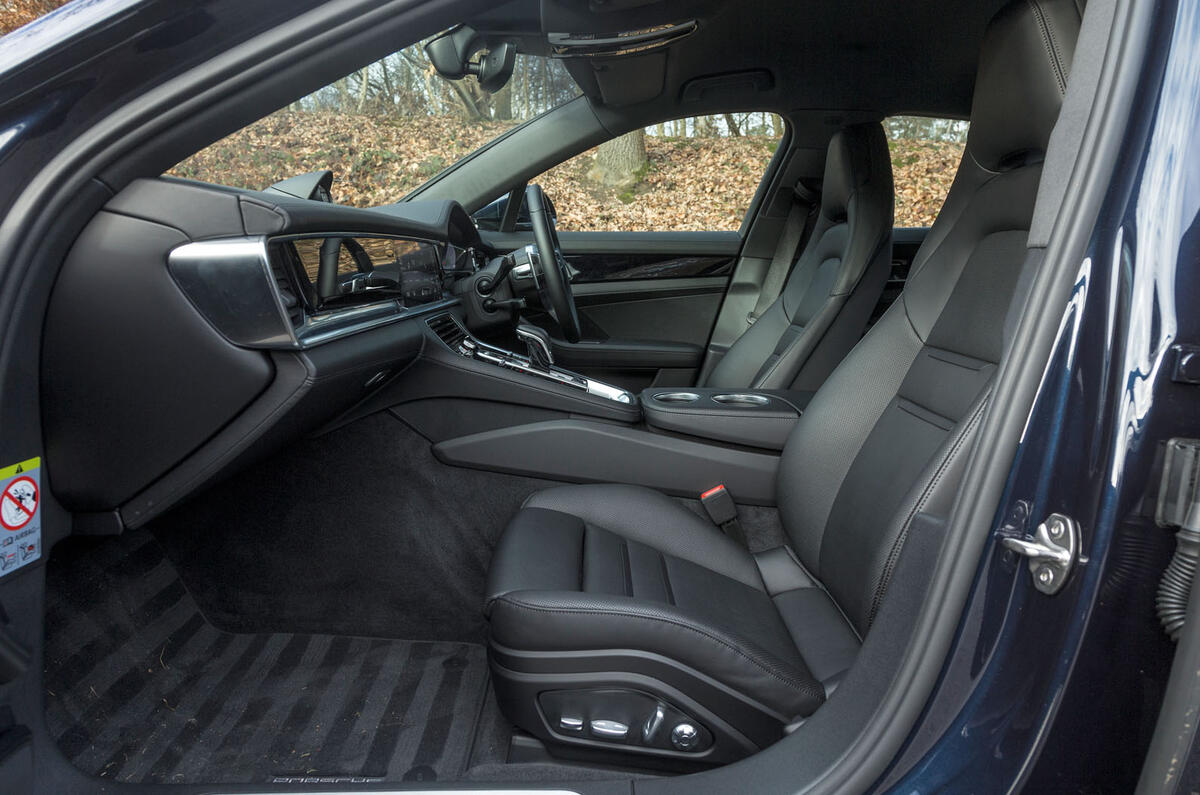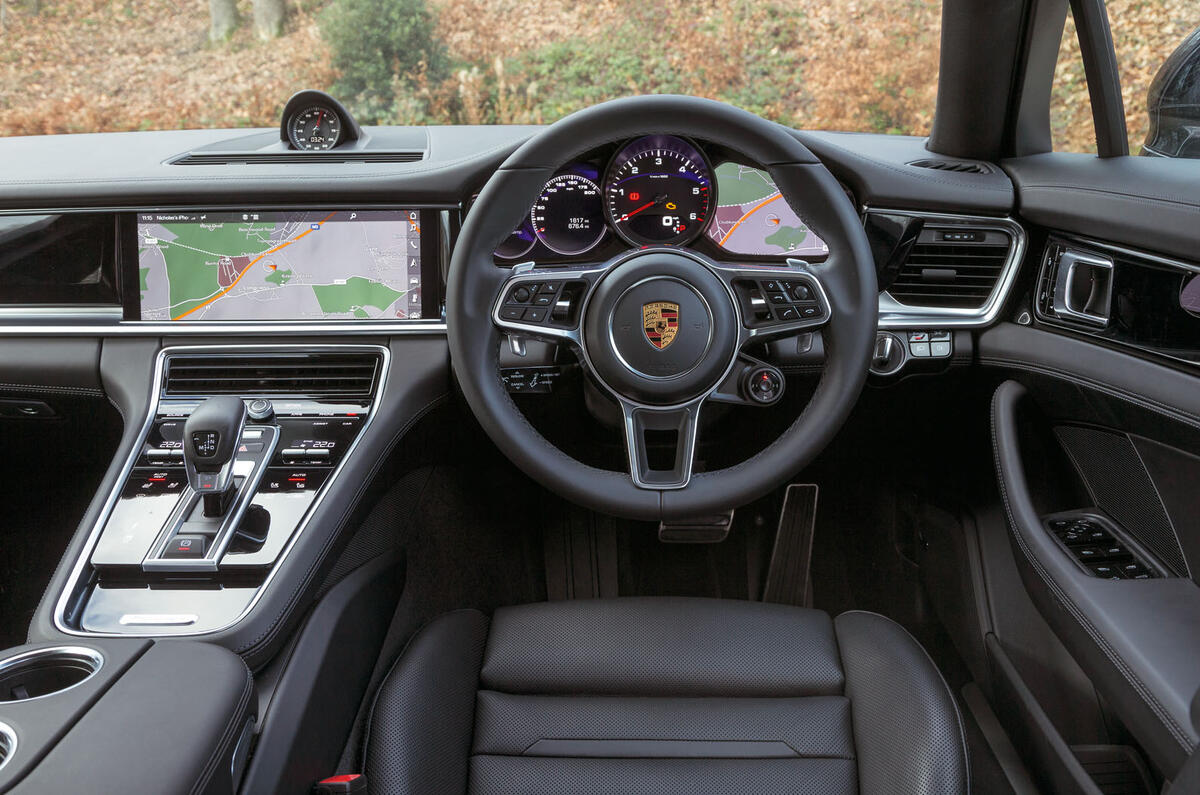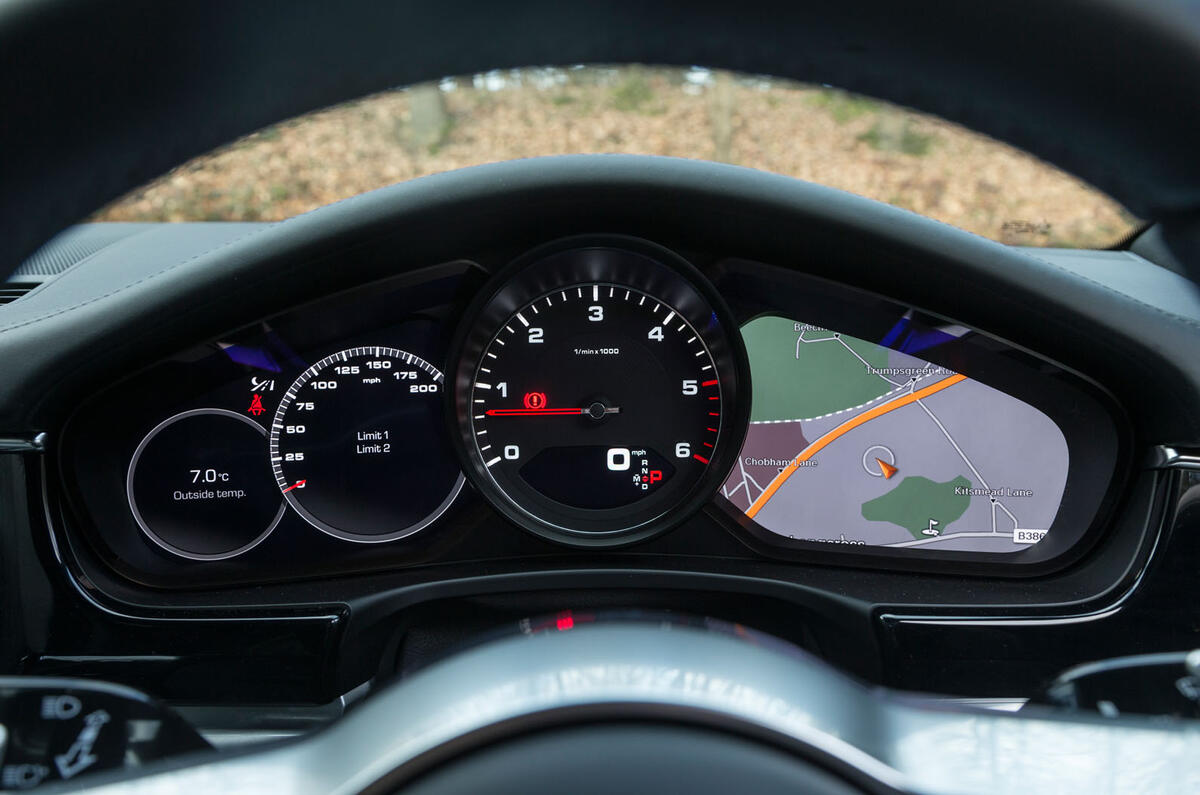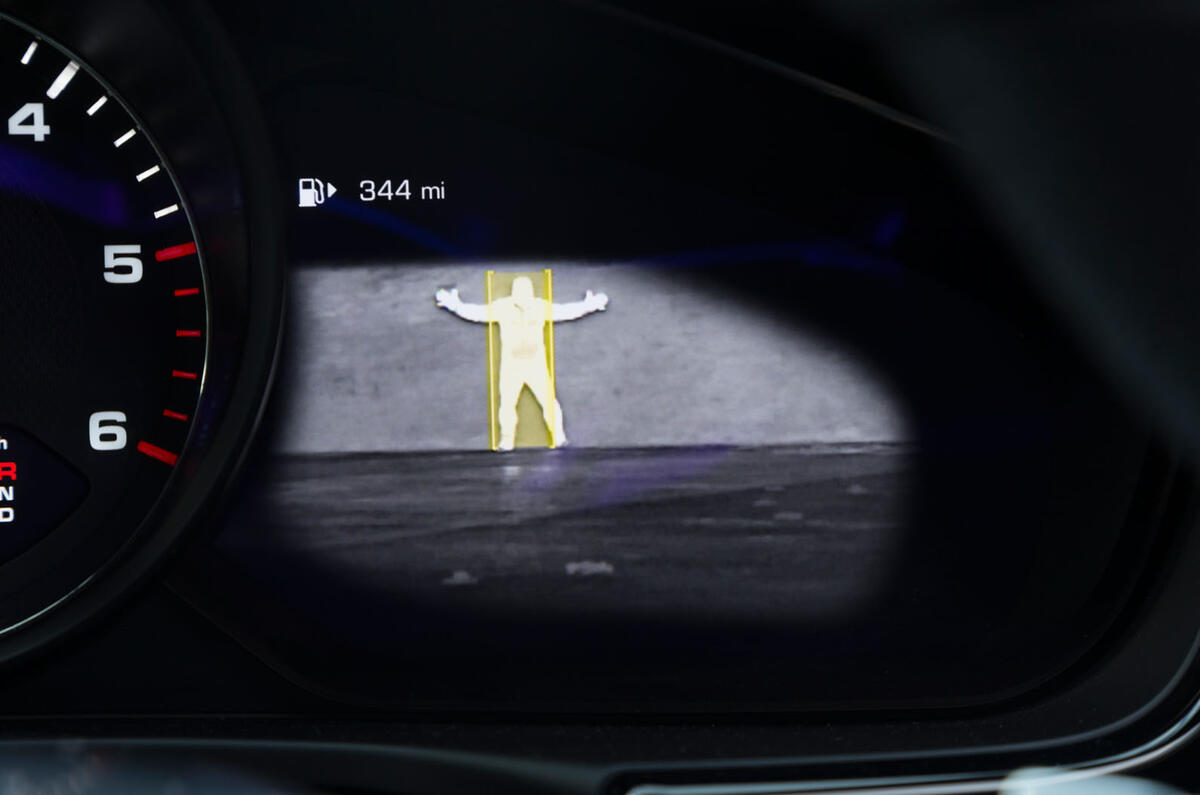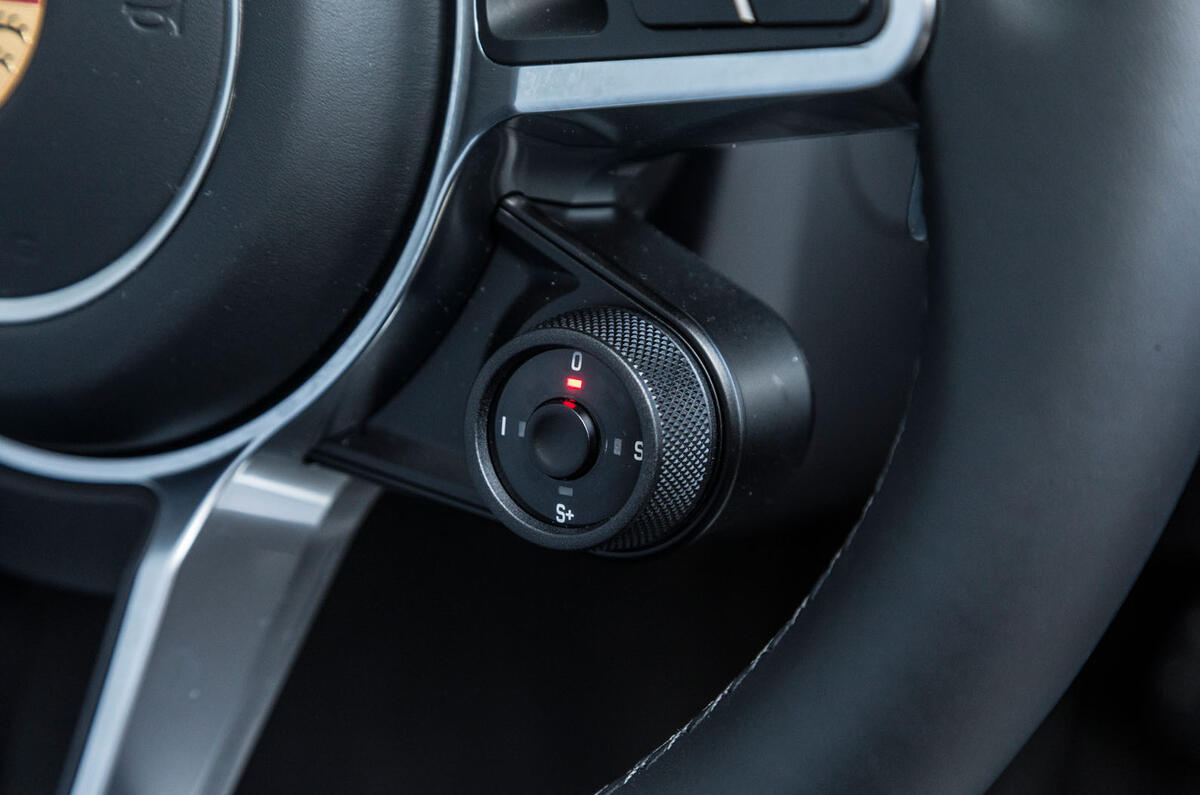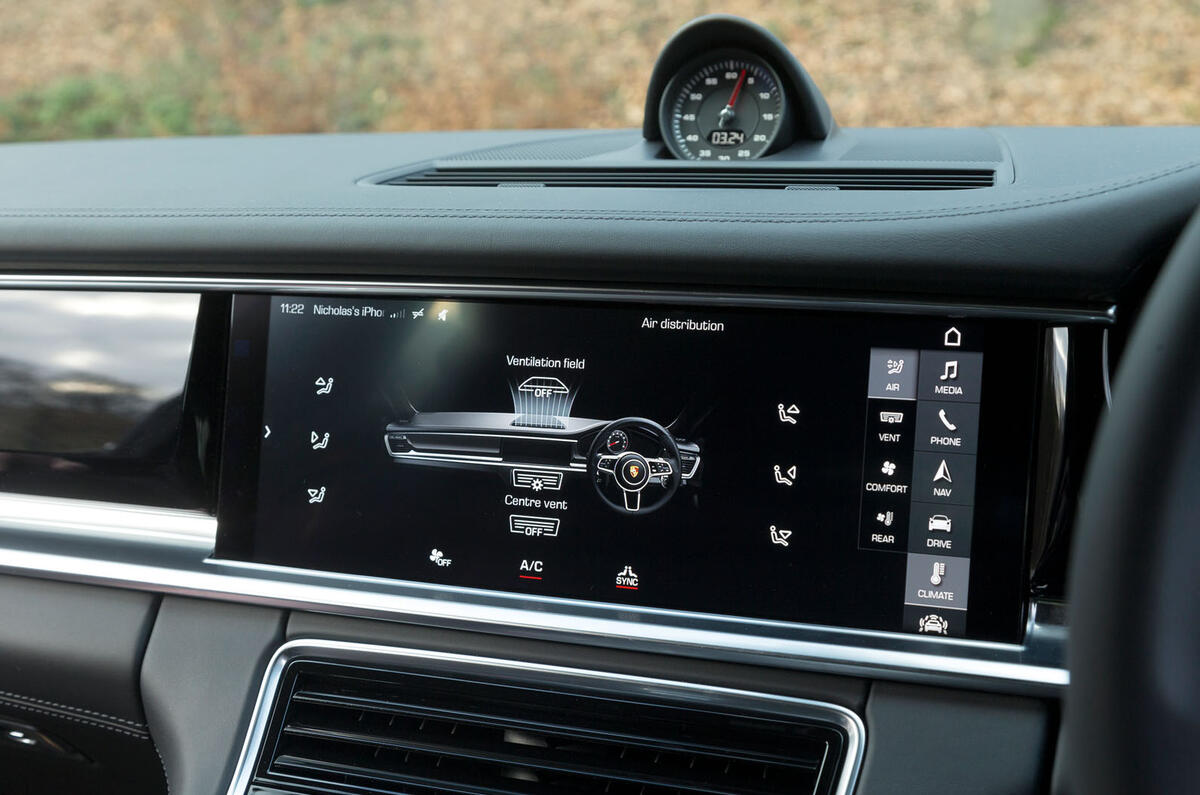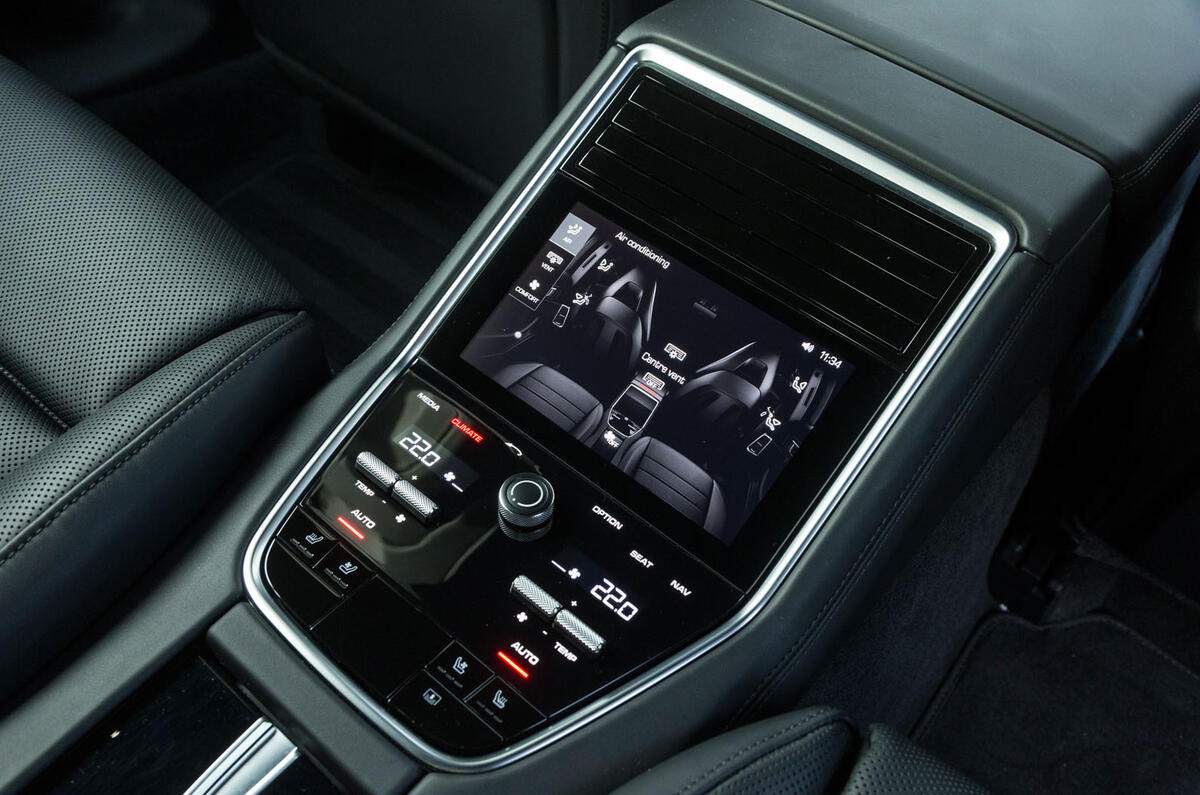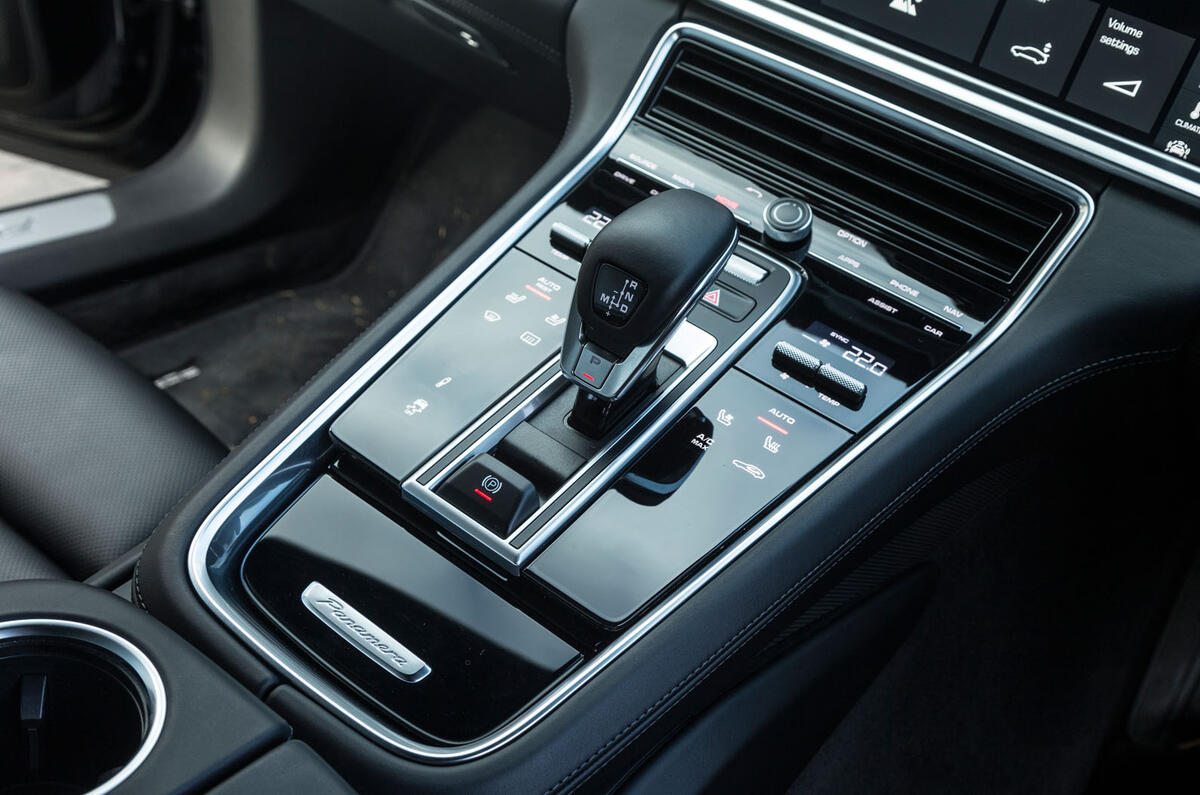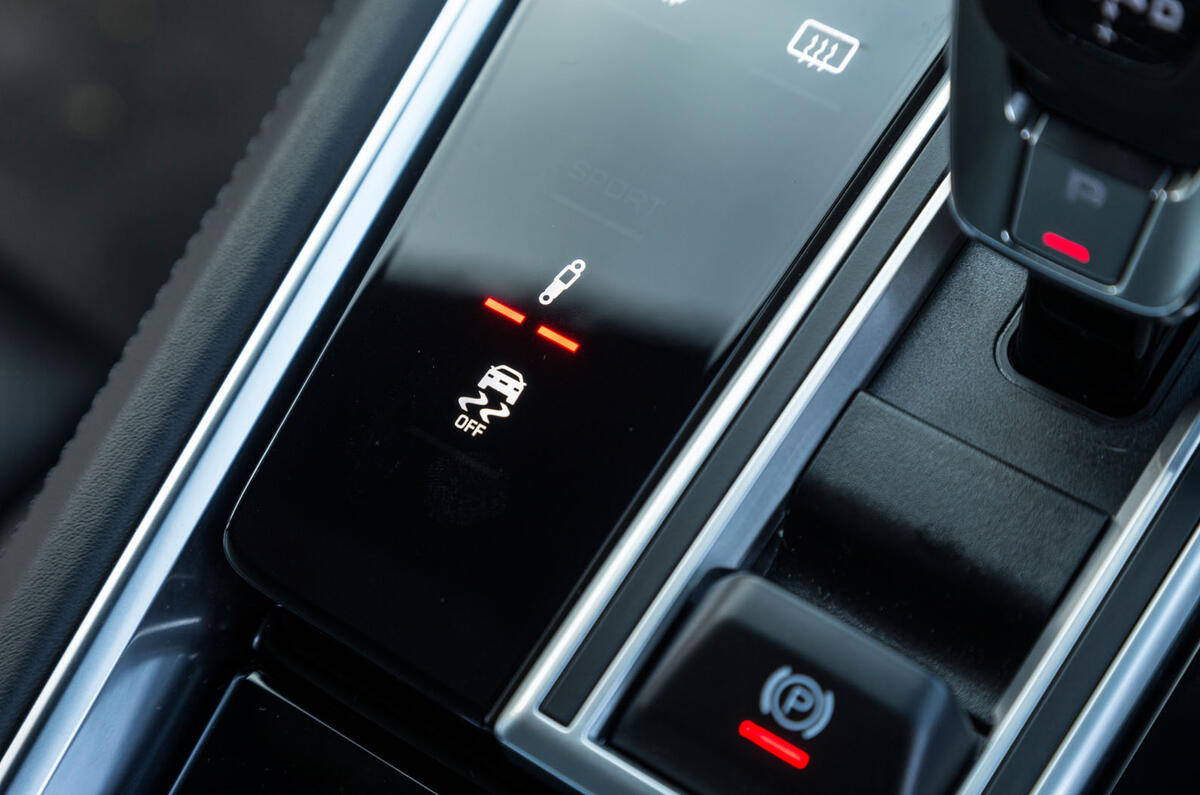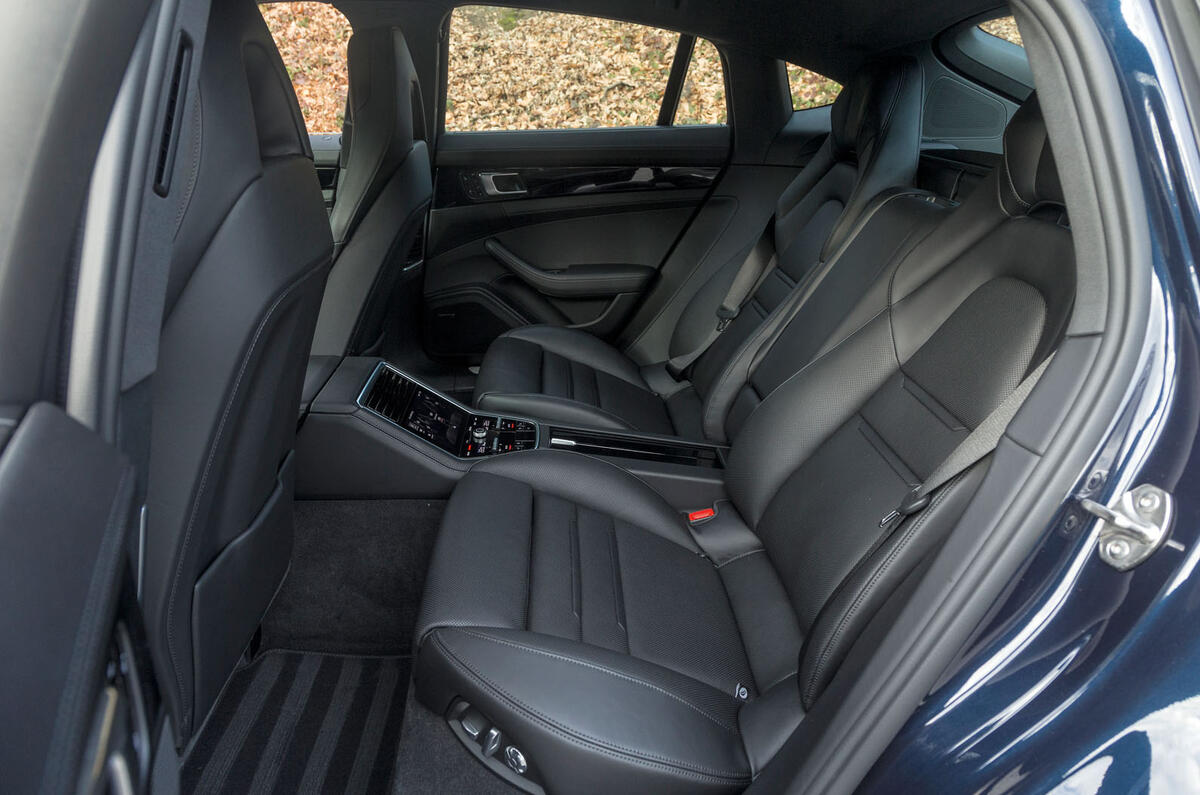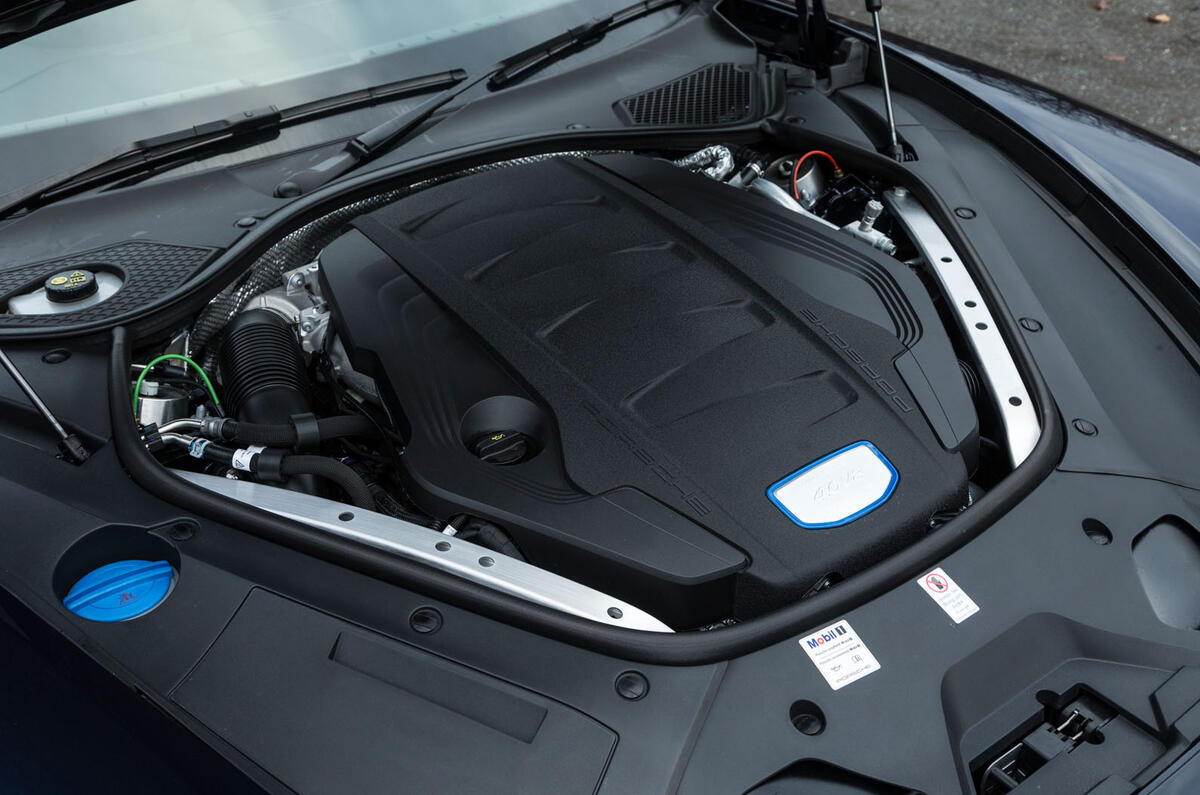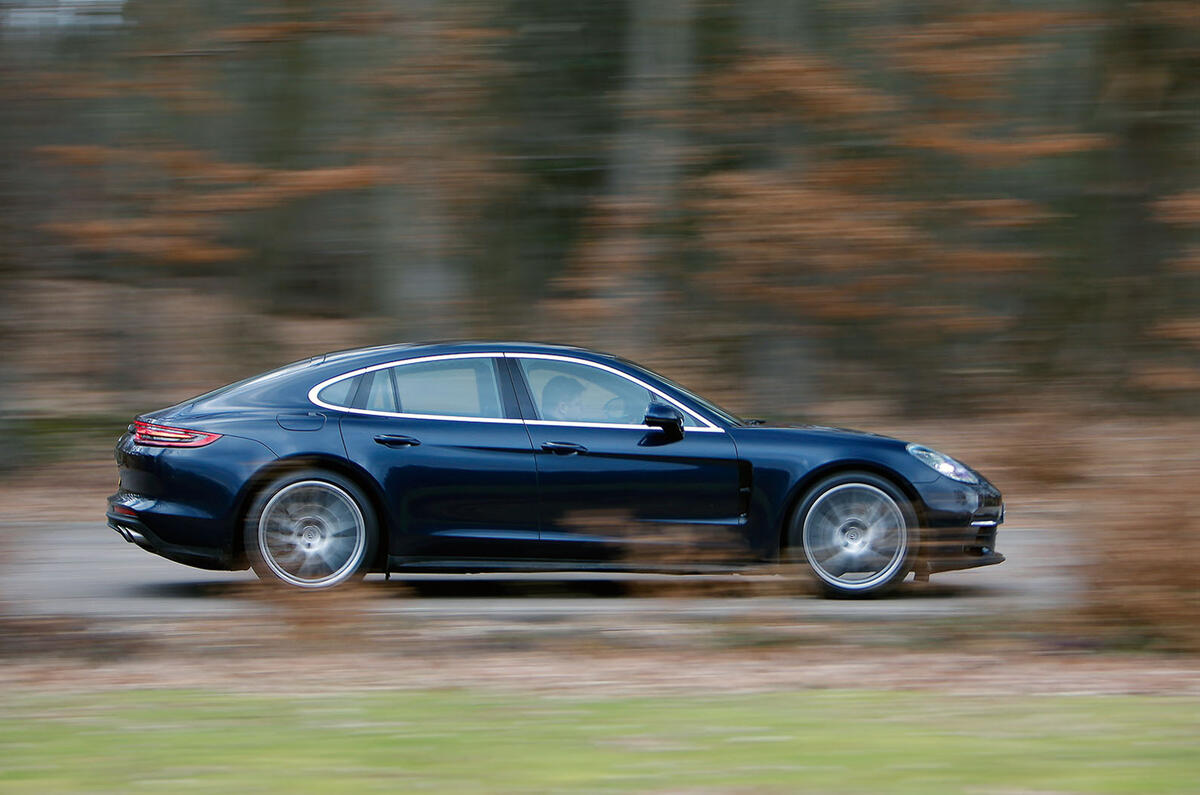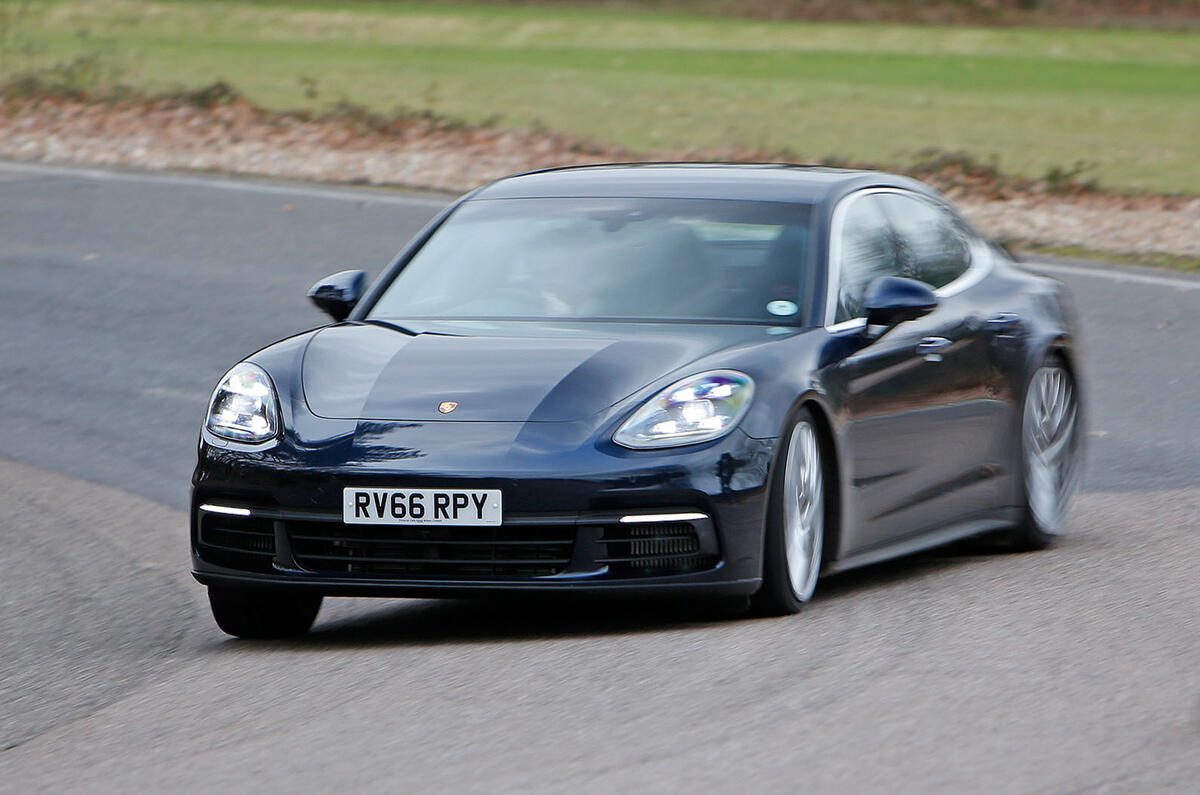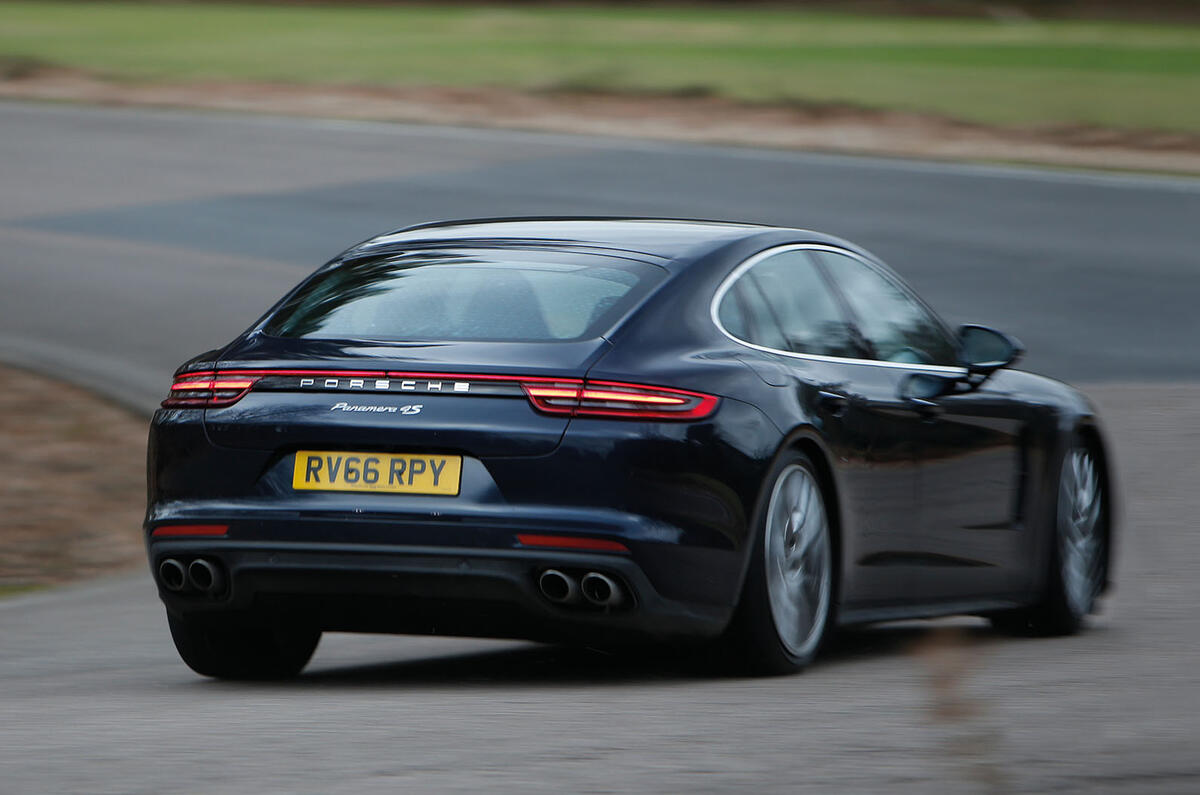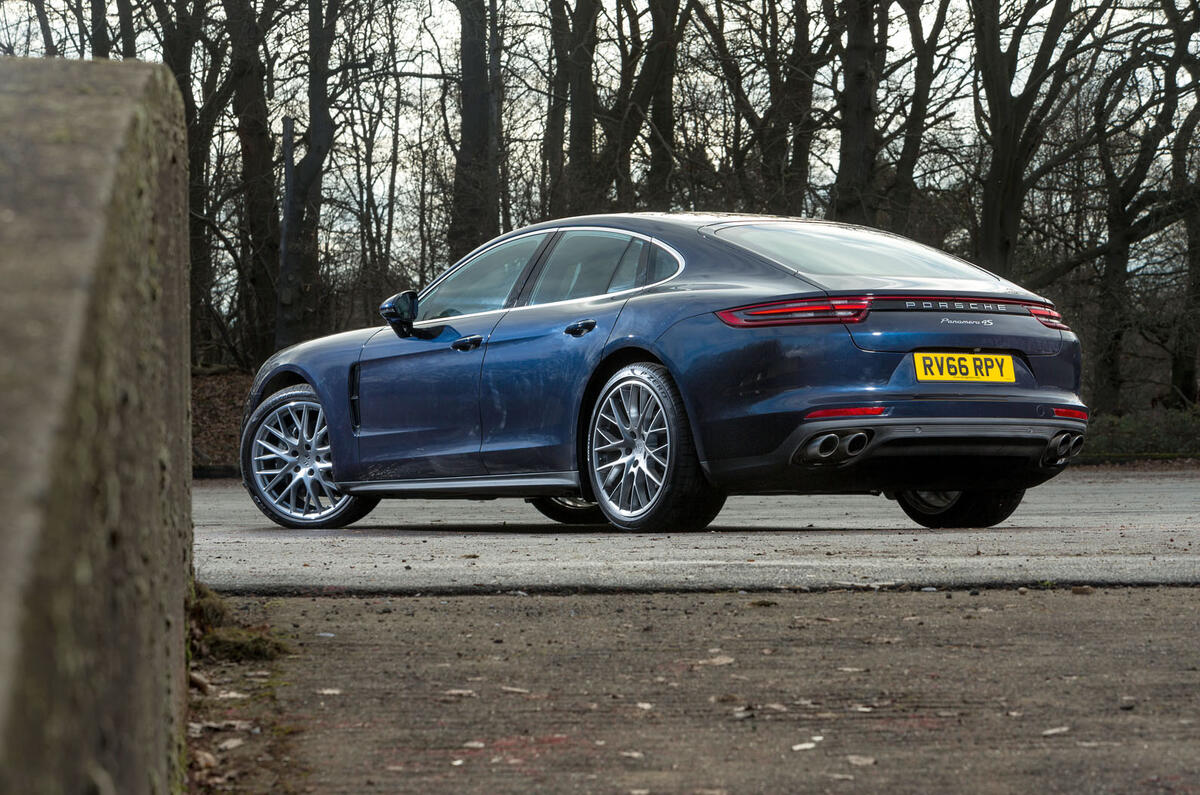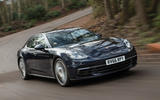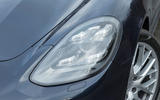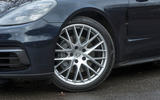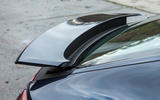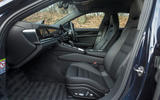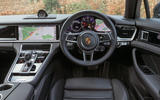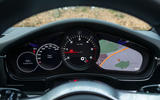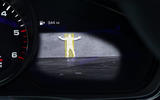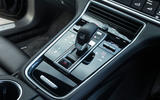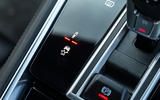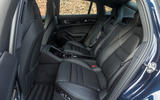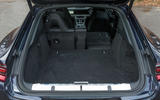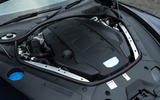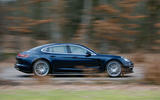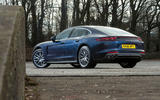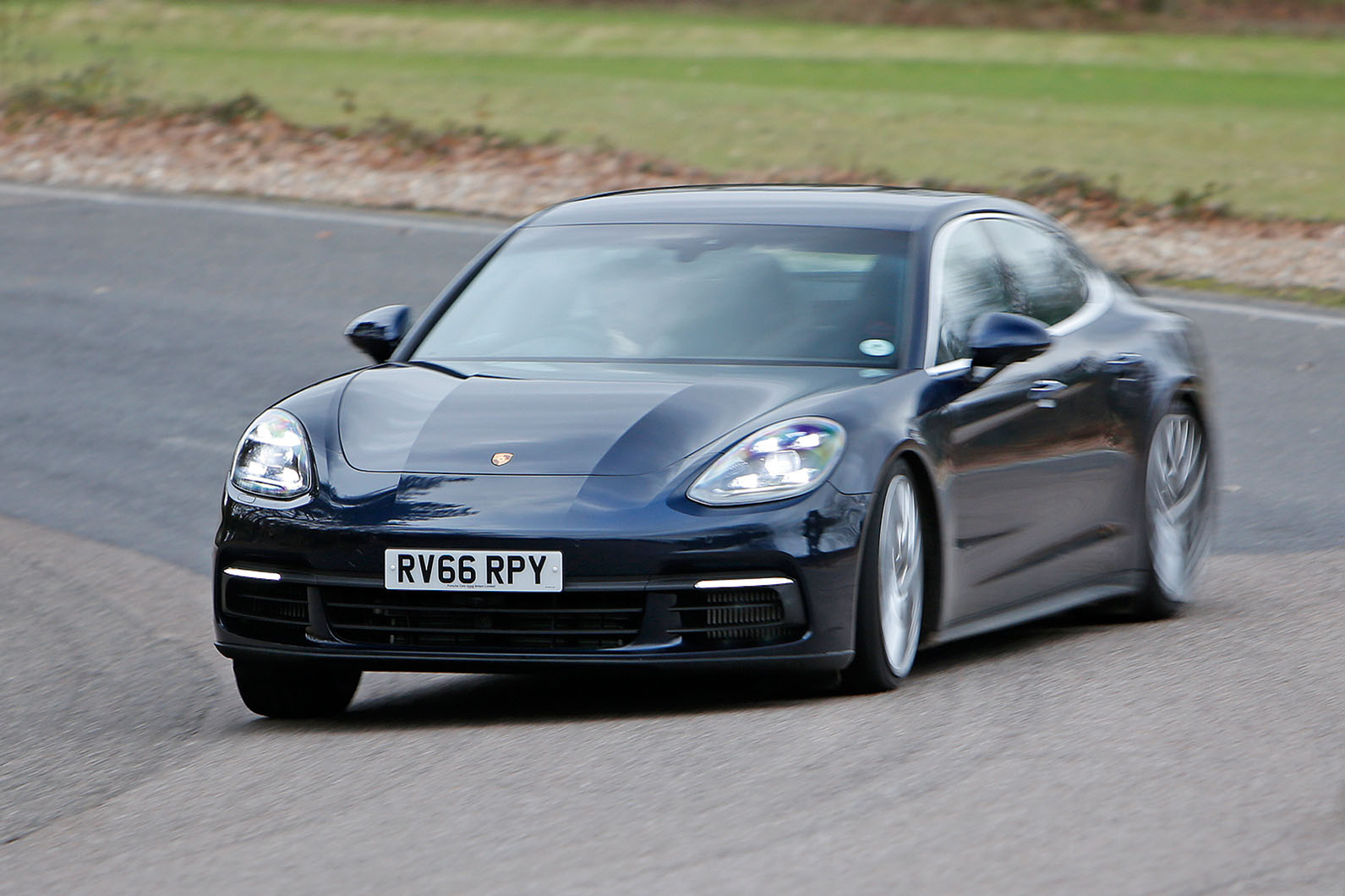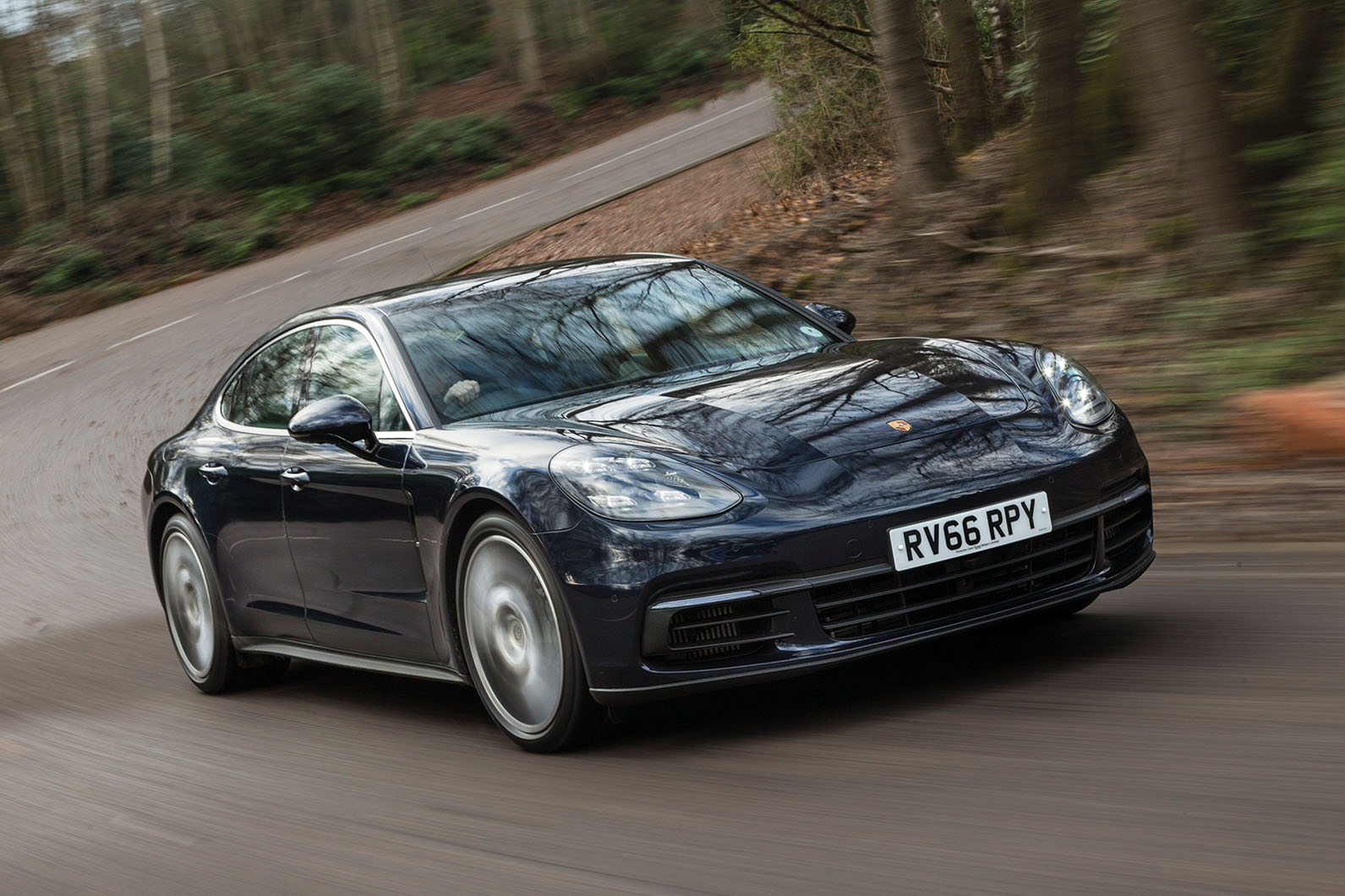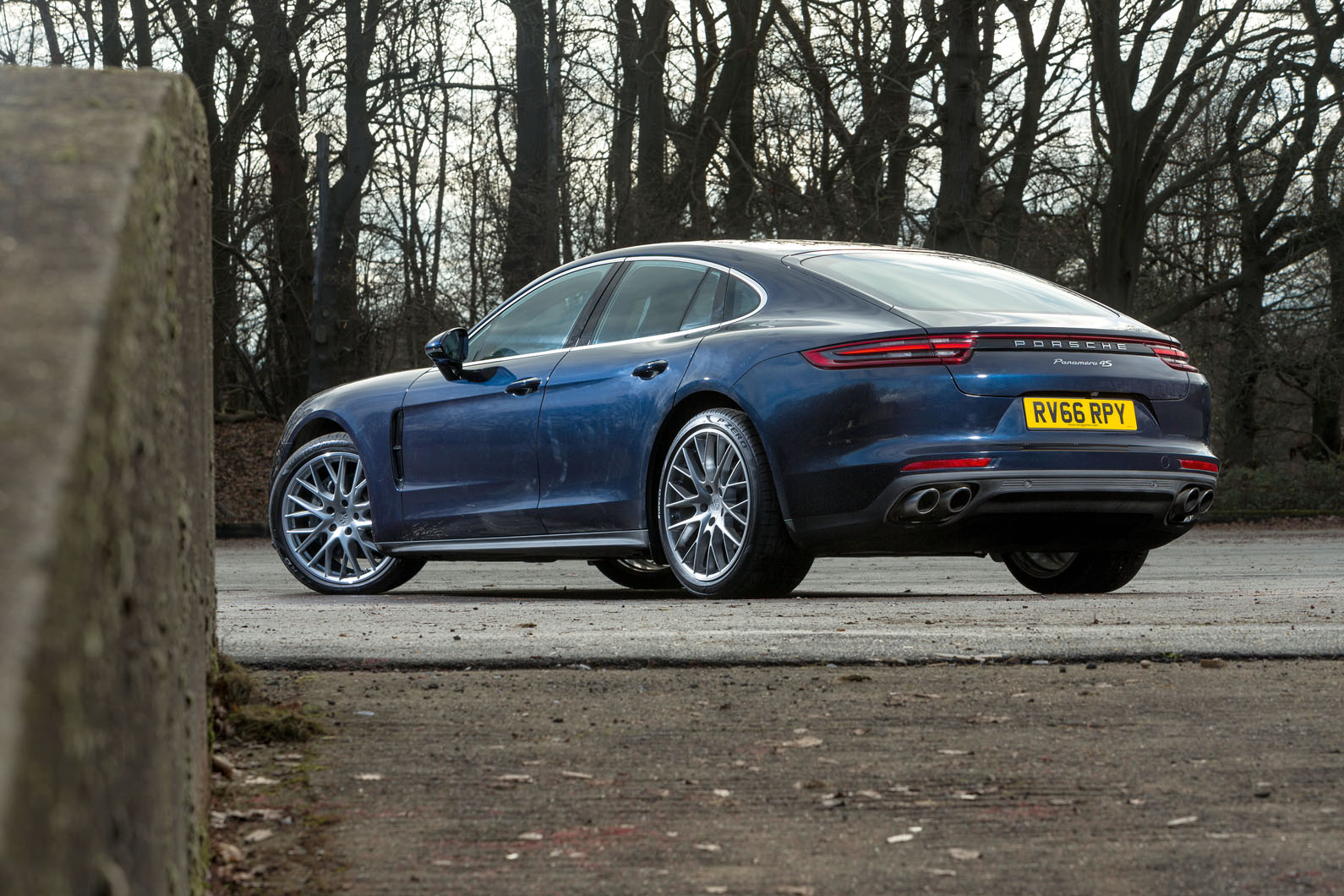The first Panamera was memorable to sit in. Its big, yet form-fitting, cabin was reminiscent of that of the Porsche Cayenne, except low-slung and therefore better for the business of driving.
The experience in the second-generationc car was familiar: the same gun-emplacement position, dictated by a chin-high scuttle and colossal centre console.
But the detail had been altered by what Porsche called the ‘digitalisation’ of its cabins. Two 7.0in high-resolution displays were added to the instrument cluster: the left-hand side delivered ‘Speed and Assist’ and the right ‘Car and Info’. Between the two sat the rev counter, still pleasingly analogue.
The main touchscreen of the PCM infotainment system monopolised the dashboard.
The 12.3in display extended the full width of the centre console and catapulted the Panamera into the technology big league.
With the ignition off, you might have thought that Porsche had used the display to tidy away the multitude of buttons that previously festooned the console, but it was just the physical nature of the switches that had gone.
Turn the car on via a key-replacing knob and the console sprang into life, revealing an array of touch-sensitive functions that nudged your fingertips with haptic feedback.
This wasn't immediately satisfying, but wasn't out of place next to the shift-by-wire gearlever and computerised air vents.
The centre console loomed just as big in the back, equipped with its own infotainment screen and HVAC panel. More importantly, the space around the two seats had improved and the near-claustrophobic cocooning sensation of the old model had lifted.
The rear was still snug for such a big car, but scallops taken from the lower roofline and the longer wheelbase ensured that adults were a little more comfortable.
The high-decked boot remained, but it’s big enough at 495 litres, and the 40/20/40 split seats flopped forward to offer 1304 litres and a flat floor. Overall, it felt luxurious, high-tech, handsome, practical and indefinably sporting.
Qualitatively, the Porsche Communication Management system was very decent, if an acquired taste. Porsche had always endeavoured to keep the software sombre, grown-up and sophisticated, but that hadn't always facilitated its ease of use.
This was perhaps its biggest overhaul yet, having been inflated to fill a vast display and furnished with a tile-shaped set of functions on the home screen.
Some extra fanciness had been absorbed, too, including useful features such as proximity sensors, Apple CarPlay and Porsche Connect, and less useful ones such as being able to write on the screen and twirl the map around with two fingers (we’re driving, remember?). It did the basics well, though.



